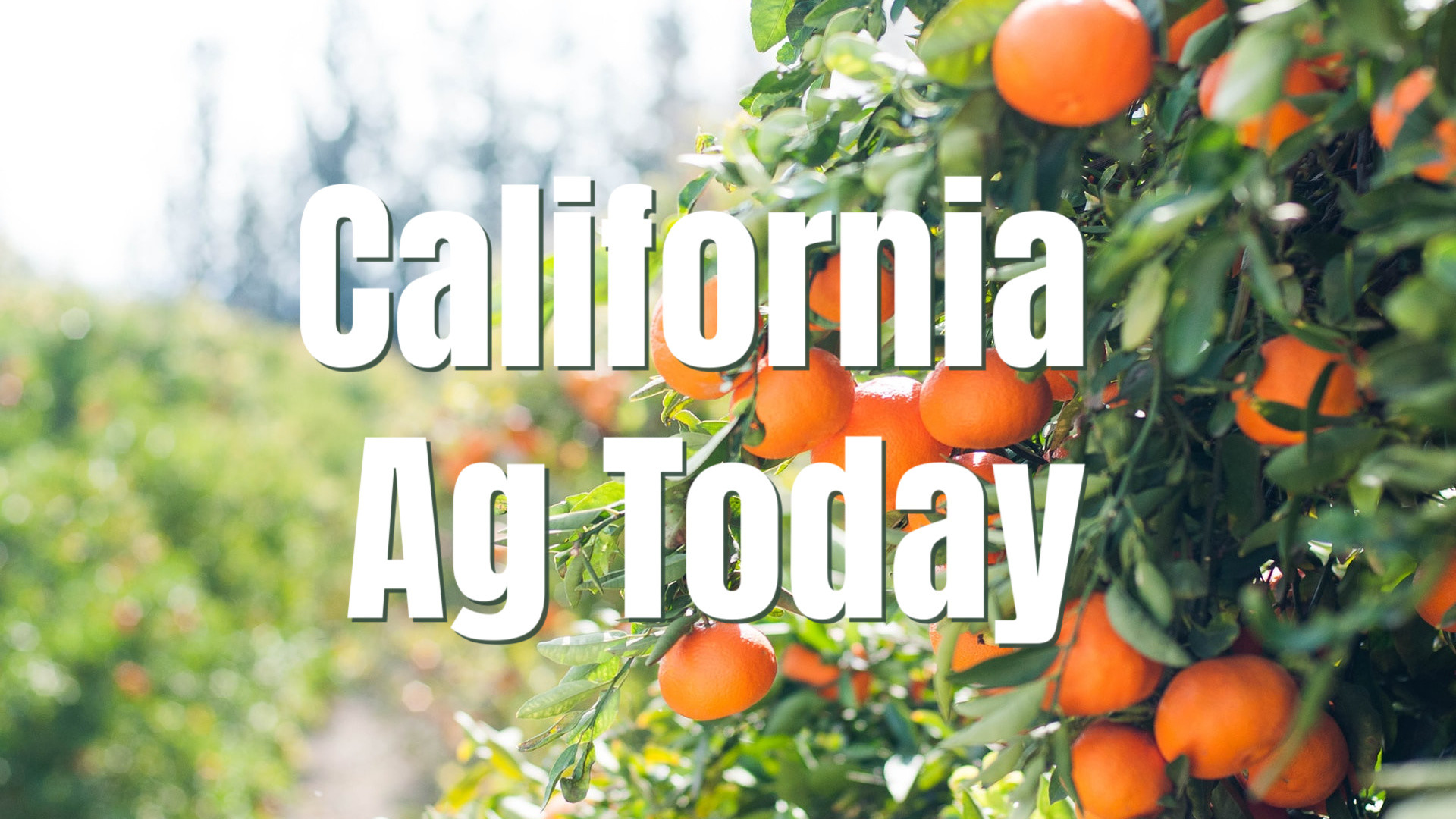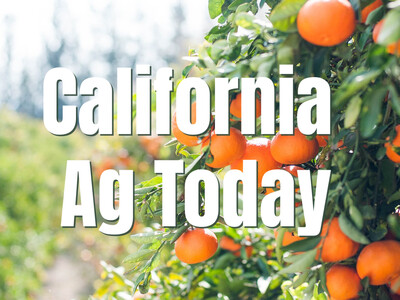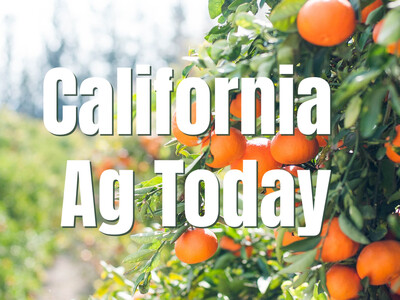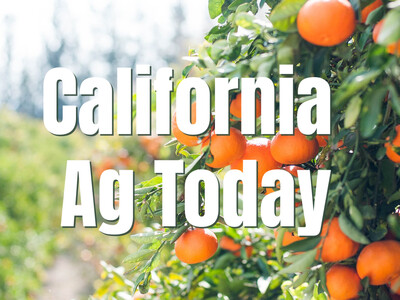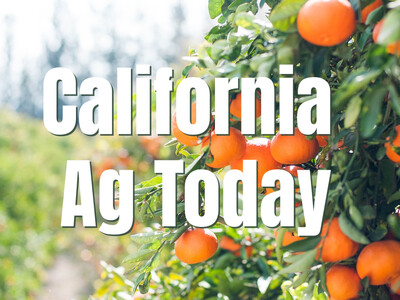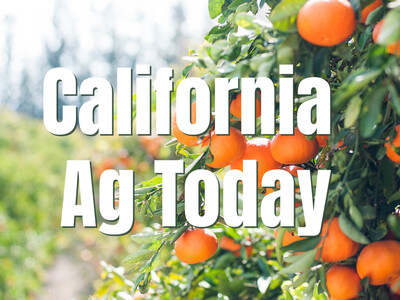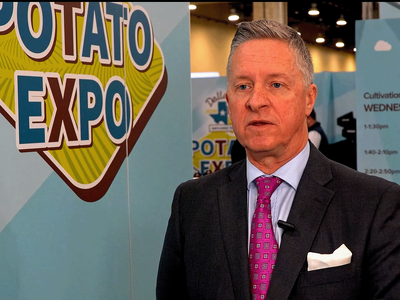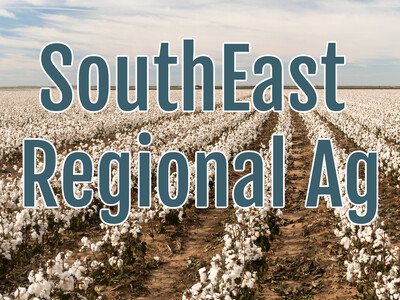Drought Bottlenecks Panama Canal, Impacting Grain Trade
Significant drought is impacting water levels in the Panama Canal, forcing bulk grain shippers to take alternative trade routes to avoid delays. Vessels coming from the U.S. Golf Coast to Asia are opting for longer routes and increased fright expenses to steer clear of congestions and record-breaking transit fees in the Panama Canal.This shipping bottleneck, occurring during the prime season for U.S. crop exports, poses a threat to the demand for U.S. corn and soy suppliers. Here’s audio from my fellow farm broadcaster Eric Pfeiffer, who’s recently visited the Panama Canal to see the issues firsthand.
“Mike Steenhoek, executive director of the Soy Transportation Coalition down here in Panama. He adds that, unfortunately, vessels carrying soybeans and other grains aren't at the front of the line to get through either.”
“They're basing that restriction largely on who's who has the ability to pay the most. And I understand that, but those tend to be the large container and the liquid natural gas and petroleum gas kind of vessels. It's not actually the dry bulk vessels.”
“Steenhoek says that a confluence of events is hindering grain movements to overseas markets. Drought conditions have hit the Mississippi River as well as the Canal de Panama.”


